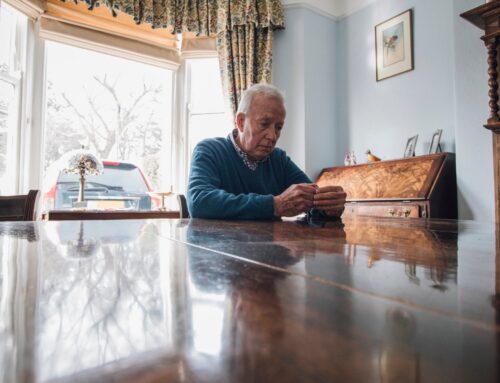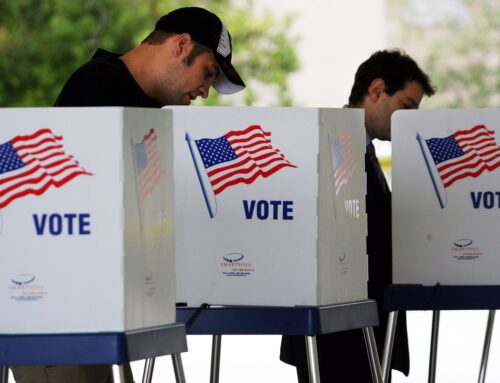Gift cards are great gifts.
They can be the perfect present for a student graduating from college, for a newly married couple or for a birthday gift for a long-distance relative.
But, con artists have latched onto gift cards as a convenient form of payment in their scams.
According to AARP, here are signs to watch for if a gift card is asked for as payment:
1. You’re directed to buy one or more gift cards — often referred to as “electronic vouchers” — as a quick means of making payment.
2. You’re told to share the numbers on the back of the gift cards, by reading them off or sending a picture.
3. The request comes from someone you wouldn’t expect to ask for money this way:
Social Security warning of a problem with your account
A utility company warning of an imminent shutoff
A lottery company promising a big prize — once you pay some fees upfront
A grandchild needing bail or facing another financial emergency.
If this has happened to you, report it.
Option 1: Report your encounter to the AARP Fraud Watch Network Helpline by calling 877-908-3360.
You’ll be able to speak to a fraud specialist and data from the Helpline will be shared with the Federal Trade Commission and used to identify trends and build cases against criminals.
Option 2: Report your encounter on the AARP Scam-Tracking Map. Your report will help warn others in your area.
These scams are becoming more and more common as thieves target the vulnerable.
It works like this: a scammer contacts you and asks you to purchase a gift card, then share the numbers on the card with them.
Join AARP for a free webinar at 7 p.m., Thursday, May 6 to learn how it all works, how serious it is, and how you can stay safe.
You’ll even learn about instances of real gift card scams around you.
Register at onlineexperiences.com





